As a leading DC axial flow fan manufacturer, XieHengDa has a deep understanding of the cooling behavior of DC axial fans. This knowledge is crucial in ensuring the optimal performance of our products. Here, we delve into some of the key factors that influence the cooling behavior of DC axial fans.
Current Capacity of a DC Axial Fan Motor
The current drawn by the DC axial fan motor is often indicated as an average current. However, it’s important to note that this may not always represent the DC. When the fan is operated at its peak, it may draw large currents. If the electronics interfacing with a DC brushless cooling fan share grounding with low-level digital logic circuitry, it may cause functional issues at peak. These large switching currents may produce ripple voltage on the DC line, affecting the cooling behavior of the fan. As a responsible DC axial fan manufacturer, XieHengDa ensures that our fans are designed to handle these peak currents without causing any disruption to the overall system.
DC Axial Fan Stall Region
The stall region is a complex behavioral concept of a DC axial fan. There are several reasons why a DC axial fan may act as a stall. If the fan is operated at high pressure, the air exiting through it may move in a diagonal direction rather than the expected axial direction. This can create significant problems for objects cooled on the same axis as the fan. At XieHengDa, our ec axial fan factory designs fans to ensure that the required areas attain maximum airflow, thereby avoiding any potential stall situations.
DC Axial Fan Vibrations
Vibrations of DC axial fans can also impact the cooling capability. Some amount of vibration will be generated depending on the speed and balance of the fan. Several factors may lead to vibration; however, you can correct a few of them with minor design changes. For instance, consider the gap between the fan and the structure onto which it is mounted. Similarly, address the frequency of the rotation of the fan and the structure where it is mounted.
DC Axial Fan Speed and Input Voltage
The speed and input voltage of a DC brushless motor DC axial fan are related to each other. The speed of a DC axial fan changes with the input voltage. Brushless DC axial fans are usually available in three voltage variants – 12V, 24V, and 48V. If the fan is operated at a lower voltage than mentioned then the airflow will reduce, too. For instance, if the DC axial fan is operated at 12 VDC, its speed would be 2500 RPM and airflow would be 170 CFM. However, if it is operated at 9 VDC, the speed will be 1300 RPM and the airflow will be 88 CFM. Thus, to avoid these anomalies, our engineers always take care to minimize power drops and match the power supply voltage to the application.
DC Axial Fan Speed Tolerances
The speed of a DC axial fan at 12 VDC is usually 2500 RPM. Many manufacturers fail to indicate the tolerance associated with it. Although these tolerances may differ across manufacturers, typically they are +/- 10%. For instance, if the fan reaches the lower end of tolerance, the airflow due to free air would be only 156 CFM. This sharp fall may have a severe effect on the airflow. This decline in airflow must be addressed when designing DC brushless fans.
The Importance of Understanding Cooling Behavior in DC Axial Fans
As a leading DC axial flow fan manufacturer, XieHengDa is committed to understanding and addressing the various factors that influence the cooling behavior of DC axial fans. Our extensive research and development efforts, combined with our commitment to quality and performance, ensure that our DC axial fans deliver optimal cooling performance in a wide range of applications.
XieHengDa Hot DC Axial Fans

 EN
EN 
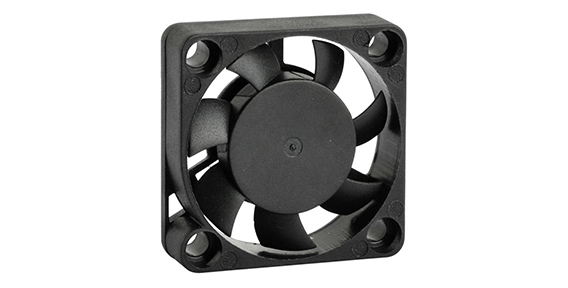
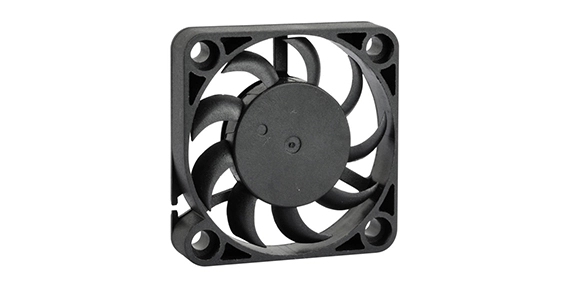
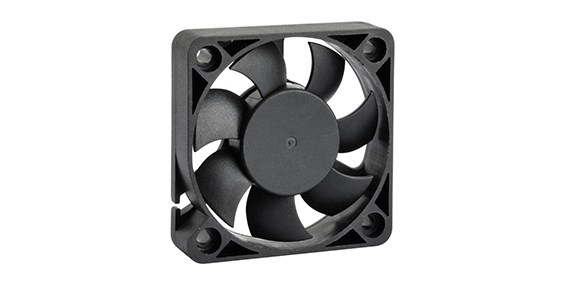
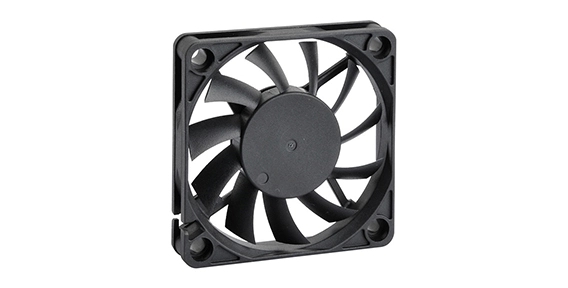
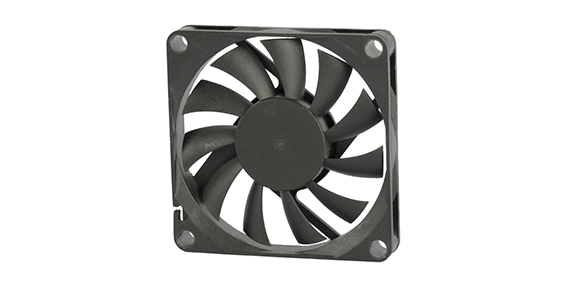
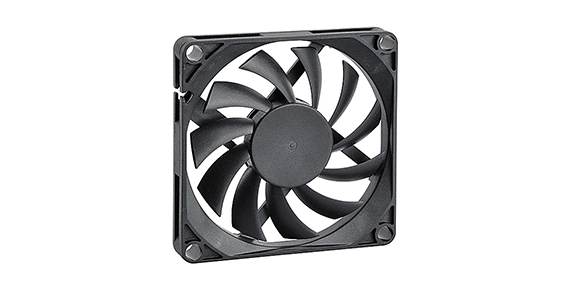
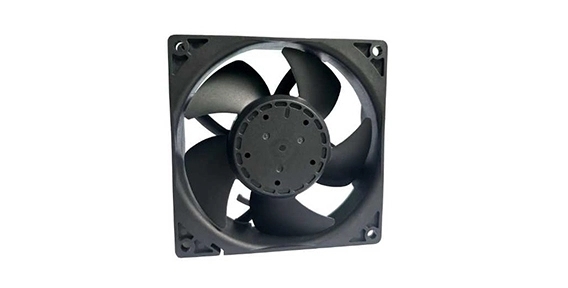
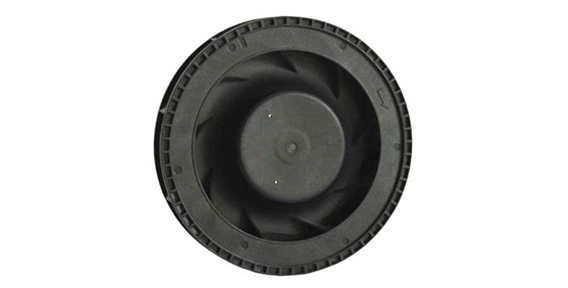
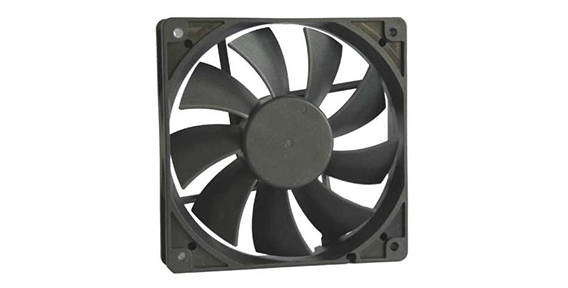
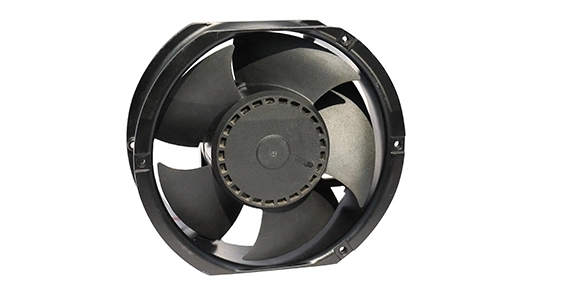
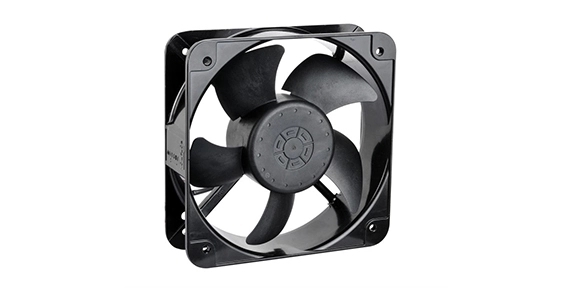
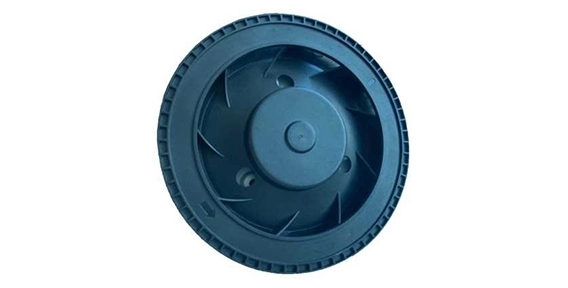
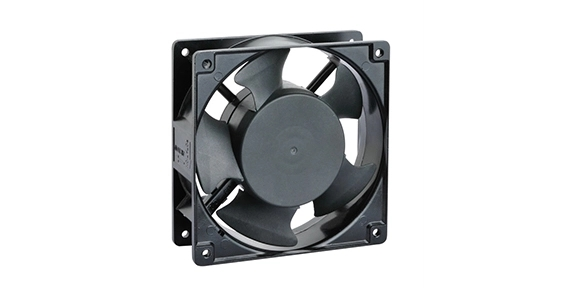 +
+
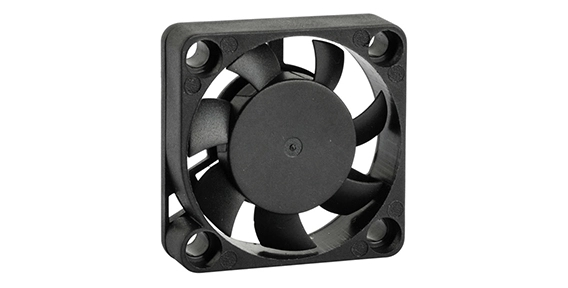 +
+
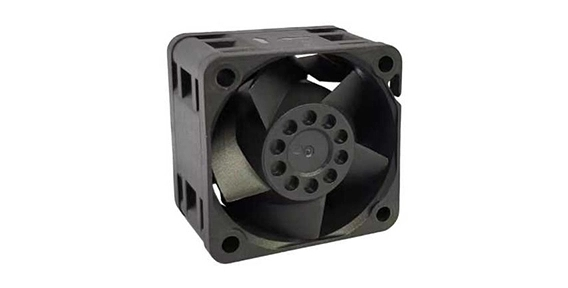 +
+



